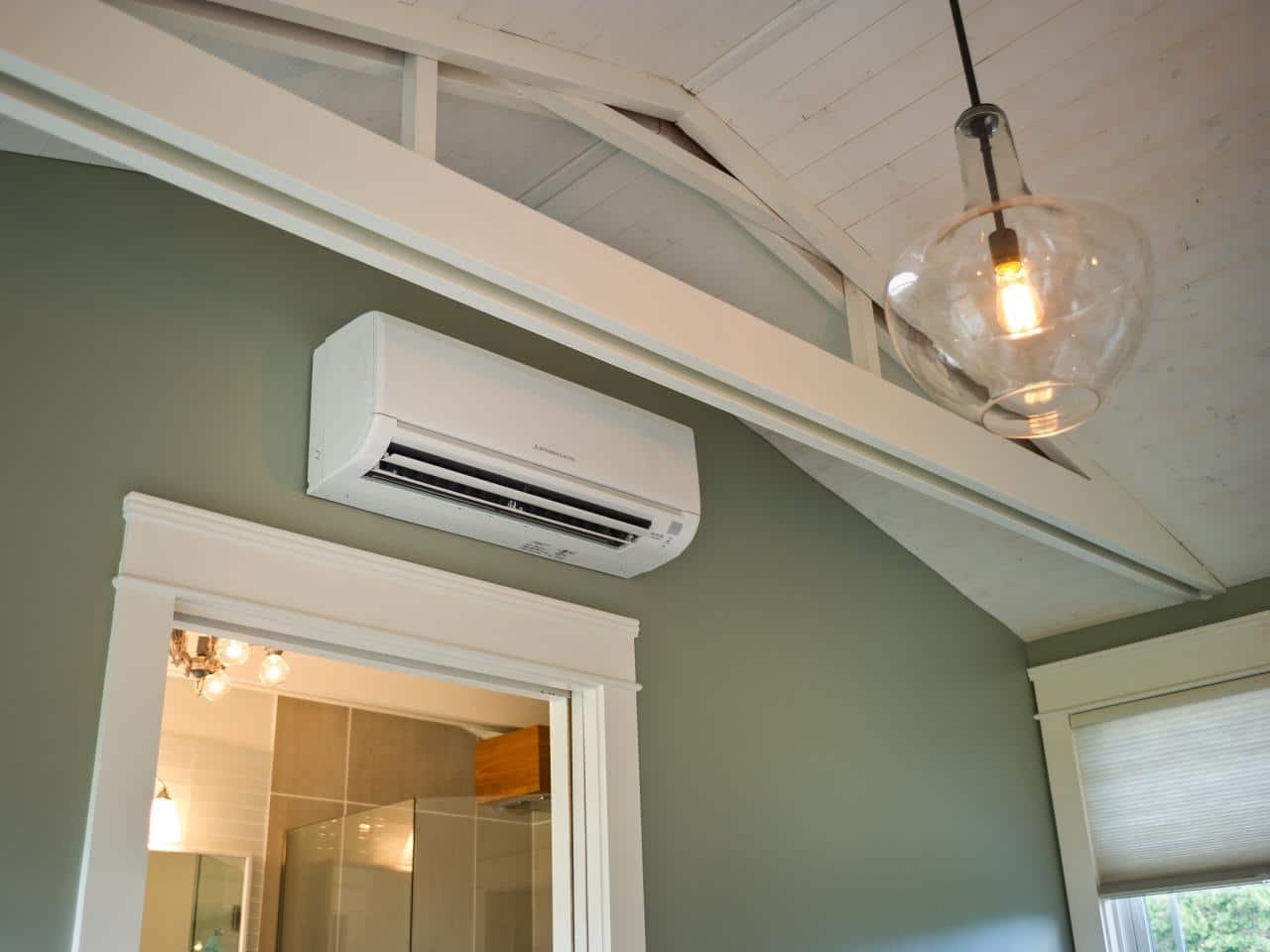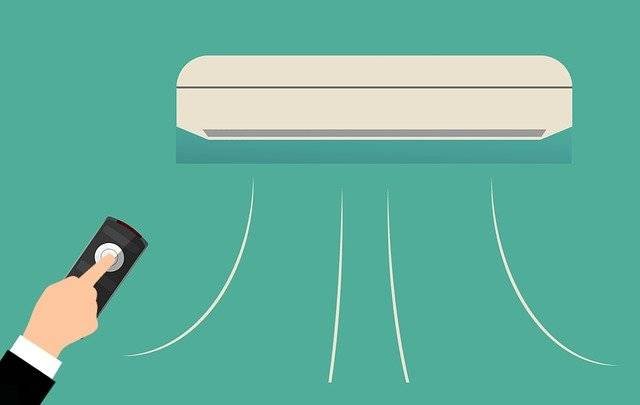Benefits of Ductless Air Conditioning in Toronto, ON
Although ductless air conditioning systems have only been around for a few decades now, more Toronto homeowners are installing them. Many people that live in studio apartments, and other smaller homes, use ductless systems to keep their homes cool and comfortable through the hot summer season. Benefits of ductless air conditioning include a simple, compact, and […]
Benefits of Ductless Air Conditioning in Toronto, ON Read More »




